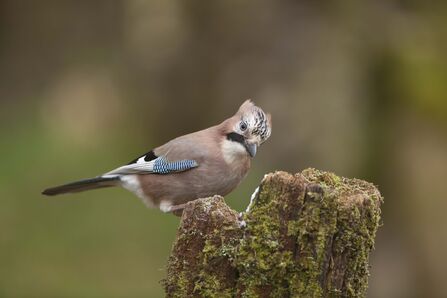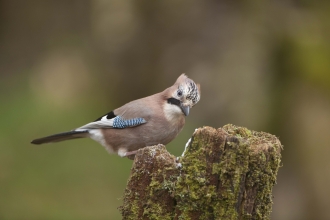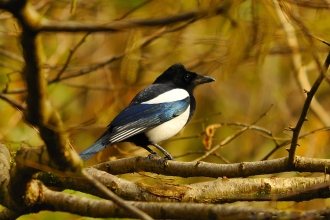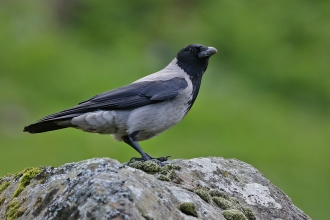These striking members of the crow family, with their pinkish-buff plumage, black-and-white wing flashes, and dazzling blue wing patches, may seem like ordinary woodland birds at first glance - but their seasonal habits reveal a remarkable intelligence.
Across the county, from the forests of the New Forest to the leafy woodlands of the Isle of Wight, jays are busy collecting acorns in an extraordinary act of foresight. They will swoop down, grab as many as their beaks can hold, and cache them in scattered hiding places, from beneath leaf litter to nooks in tree bark. Remarkably, a single jay can store thousands of acorns each autumn, some of which it will retrieve months later when food is scarce. Even more fascinating, the birds display impressive spatial memory, often remembering hundreds of hiding spots over considerable distances.





